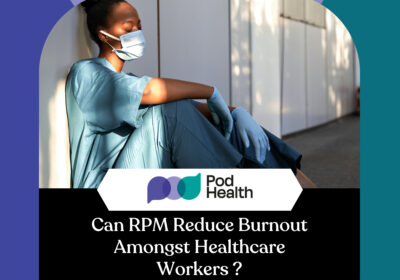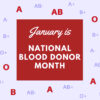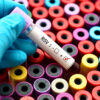- exhaustion
- compassion fatigue
- emotional detachment
- workplace-related anxiety
- loss of joy or purpose
- weakened immune system
RPM & stress relief
Usually, healthcare providers schedule regular office visits with patients who are managing chronic conditions to measure key health statistics such as heart rate, blood pressure, cognitive function, blood glucose levels, and vitamin deficiencies. These frequent visits can be stressful for both patients and providers, leading to an increasing number of appointment cancellations and decreasing compliance with medications and other recommended protocols. Achieving optimal health outcomes is difficult when both patients and clinicians are forced to take extra steps and perform extraneous administrative tasks. Without efficient workflows and centralized communication, efficiently implementing care plans can intensify healthcare workers’ stress. Patient-generated data generated through RPM offers valuable insights that healthcare providers wouldn’t otherwise have access to. This means they have more tools and information to use when assessing, diagnosing, and prescribing care. Collecting more data points helps clinicians achieve better health outcomes because it gives them more information upon which to formulate diagnoses and treatment plans. Clinicians also find that patient monitoring systems allow them to streamline or bypass certain administrative and service tasks. Real-time patient information can help healthcare professionals triage people remotely and decide whether they should seek further medical attention or reduce the risk of exposure by remaining at home. With RPM, providers can regularly monitor the health information of high-risk patients from afar, and keep chronic disease management out of emergency departments, reducing stress on ER staff. Responding to phone calls on mobile devices is much easier than scheduling and performing office visit exams. Care management strategies with RPM makes care delivery workflows more efficient and less exhausting. When healthcare providers can reduce the stress of overbooked physical appointments, they can assist more patients per day, enjoying higher job satisfaction and lowered stress.Improving patient compliance
When patients are able to collect their own data from wearables and other RPM devices, they play a more active role in their care decision-making. With 92% of American adults now using a smartphone, many are starting to prefer sending digital health information to their provider at a convenient time and place for them. They appreciate not having to disrupt their routines and schedules with frequent follow-up visits. RPM enables clinicians to consistently collect biometric data and see what a patient is or isn’t doing, while providing updates on their condition digitally. When they can observe and track vital signs to monitor chronic conditions like hypertension, heart failure, diabetes, COPD, asthma, dementia, and mental health disorders, healthcare providers can intervene in a timely manner using medical devices like:- Smartwatches can be customized to become a dedicated RPM device with sensors that gather biometric data and transmit it to the clinician’s platform.
- Patch-based sensors are RPM devices that continuously gather biometric data — from electrocardiogram and heart rate to body posture and activity levels— and stream data to a patient’s smartphone as well as a clinician’s platform.
- Bluetooth biometric devices are customized RPM devices that connect tablets to Bluetooth-enabled biometric devices like pulse oximeters, blood pressure cuffs, weight scales, and glucometers.
Reducing hospital admissions
RPM devices securely transmit patient data to a third-party HIPAA-compliant RPM platform that analyzes data and delivers it to clinicians via user-friendly dashboards, enabling them to detect concerning trends in real-time and intervene before a patient requires hospitalization. While the reduction of hospital admission granted by RPM seems like more of a plus for patients, it’s just as beneficial for healthcare providers. Nurses or physician assistants are able to monitor patients until they notice a trend that requires clinician intervention to decide on treatment adjustments. Functioning at the top of their licensure allows clinicians to enjoy their specialties and relieve burnout from administrative tasks. By keeping patients out of the clinic or hospital for minor pain or vital tracking, healthcare workers can focus on admitted patients that are severely ill or need constant attention. Telemedicine and patient monitoring programs have helped reduce workloads, decreasing disease transmission risks by reducing emergency department and ICU traffic. Healthcare providers that use RPM are able to care for more patients. When specialists and primary care teams centralize their RPM data communications, they can streamline workflows and relieve burnout.Summing it up:
In short, RPM is a win-win situation for patients and providers. It provides an effective way for hospitals to save money, spot potential issues earlier, and help treat patients effectively. RPM also enables healthcare workers to establish greater work-life balance, and reduces their overall stress in the workplace by providing accurate data, reducing the number of in-clinic visits, improving patient compliance, and reducing the workload on healthcare workers.DISCLAIMER: THIS BLOG DOES NOT PROVIDE MEDICAL ADVICE The information in this blog is for informational purposes only and is not intended to be a substitute for professional medical advice, diagnosis, or treatment. Always seek the advice of your physician or other qualified healthcare provider with any questions you may have regarding a medical condition or treatment and before undertaking a new health care regimen.







